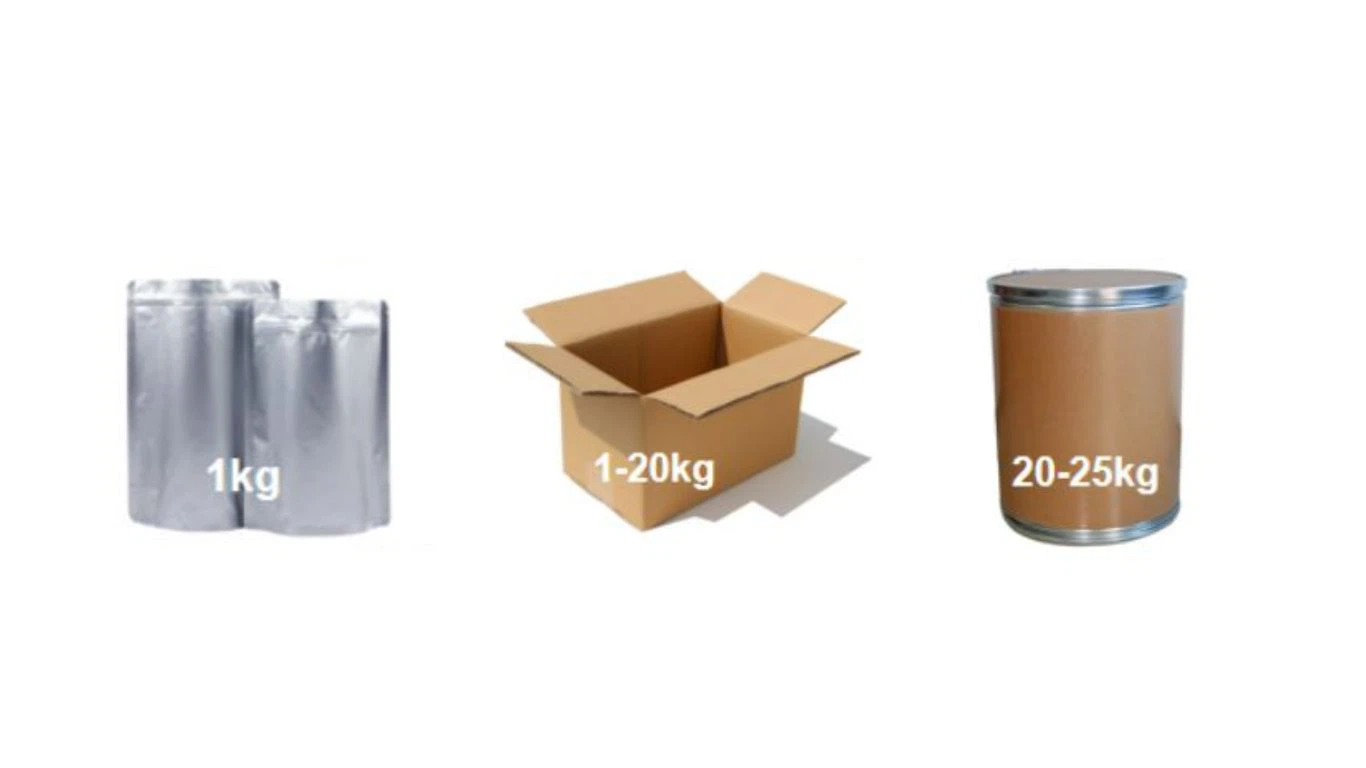

Description
CAS:1077-28-7;Assay:≥98.0%
CAS NO.:1077-28-7
Brand:GSHWORLD
Glutathione bulk powder raw material - NMN suppliers & manufacturers in China.
Alpha-Lipoic Acid (α-LA) is a natural antioxidant with very strong antioxidant capacity, its chemical name is 1,2-dithiolane-3-valeric acid, which is found in animal liver tissue. It is distributed in plants such as spinach and tomatoes. After α-LA is absorbed by the human body, it can be rapidly converted into dihydrolipoic acid (DHLA) in the cells and excreted outside the cells.

α-Lipoic Acid(C8H14O2S2) | |
CAS | 1077-28-7 |
Appearance | Light yellow crystalline powder |
Assay | ≥98.0% |
Loss on drying | Not more than 0.2% |
Heavy Metal | Not more than 10ppm |
Application | Raw material、medicine |
Shelf Life | 24 months when properly stored. |
The combined action of α-LA and dihydrolipoic acid can remove almost all oxidative free radicals in the body, such as OH, H2O2, HClO, 1O2, OONO, NO, ROO , O2-, etc. [1]. DHLA has a low redox potential (-0.24V), it can reduce the oxidized glutathione GSSH to GSH, and can also regenerate other endogenous antioxidants such as VE, ascorbic acid and other endogenous antioxidants through redox coupling. Coenzyme Q10, etc.
Scavenge free radicals and reactive oxygen species
α-LA scavenges hydroxyl radicals ( OH), hydrogen peroxide (H2O2), singlet oxygen (1O2), nitric oxide radicals (NO ), peroxynitroso ( OONO) and hypochlorous acid (HClO). Although α-LA cannot scavenge peroxide radicals (ROO ) and superoxide radicals (O-2 ), the reduced DHLA of α-LA can scavenge other radicals other than singlet oxygen. Therefore, α- LA and DHLA can scavenge all the above-mentioned free radicals in the process of mutual conversion and metabolic regeneration in vivo.
Chelated metal ions
Excessive heavy metal ions such as Cu2+, Fe2+, Pb2+, Hg2+, Zn+ will catalyze the decomposition of H2O2 in vivo to produce highly toxic OH, resulting in oxidative damage to tissues, while α-LA and DHLA can chelate in vivo and in vitro These metal ions inhibit the formation of ROS and reduce oxidative damage. Among them, α-LA preferentially chelates Cu2+, Fe2+, Zn+, and is also very effective for Pb2+, Hg2+, Cd2+, but cannot chelate Fe3+, while its reduced DHLA can chelate Cu2+, Fe2+, Zn+, Fe3+. Studies have shown that α-LA can inhibit the oxidation and lipid peroxidation catalyzed by Cu2+, and can also combine with Cu2+ to form lipophilic complexes.
Interaction with other antioxidants
DHLA is a strong reducing agent that can reduce and regenerate many oxidative antioxidants such as ascorbic acid, vitamin E, glutathione (GSH), coenzyme Q, thioredoxin, etc. The redox of α-LA and DHLA activates the metabolic cycle of other antioxidants in the organism, forming a unique biological antioxidant regeneration cycle network, maintaining the normal level of antioxidants in the body, and jointly exerting biological antioxidant effects.



+86-755-23577295
+86 18718790084
Room 832, Building 12, Shenzhen Bay Science and Technology Ecological Park, Yuehai Street, Nanshan District, Shenzhen China